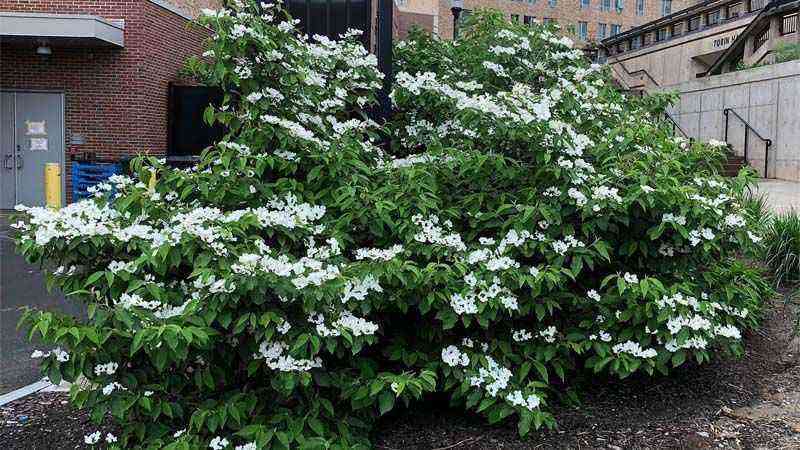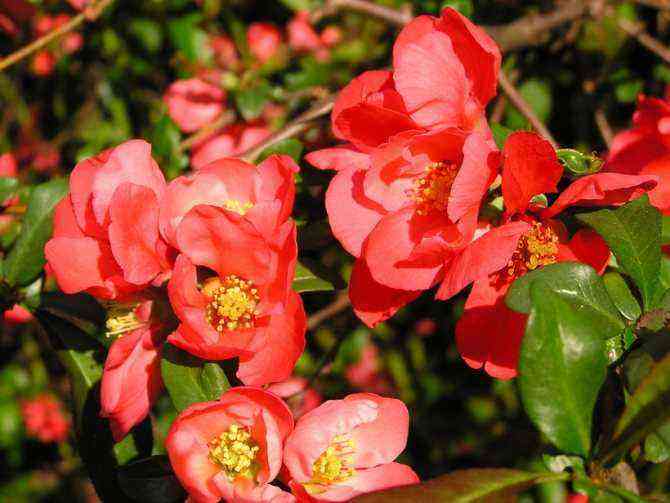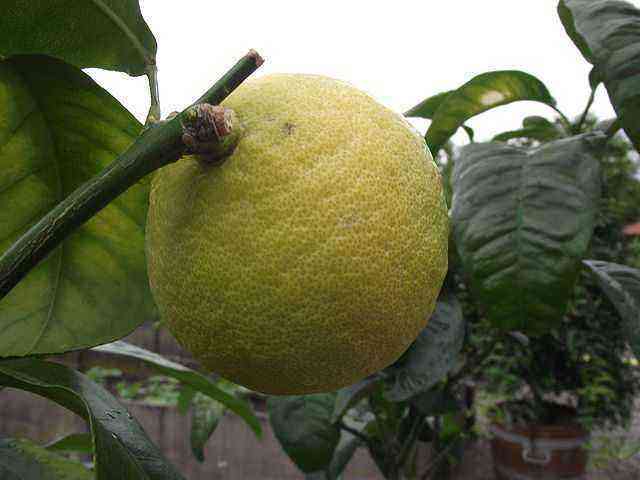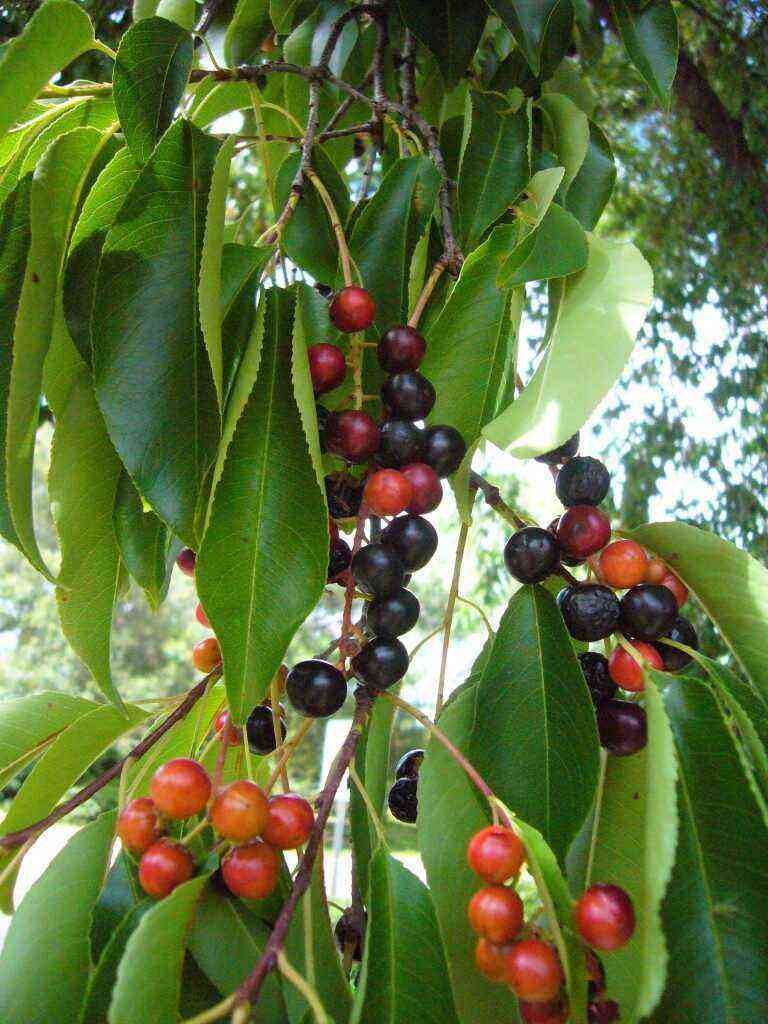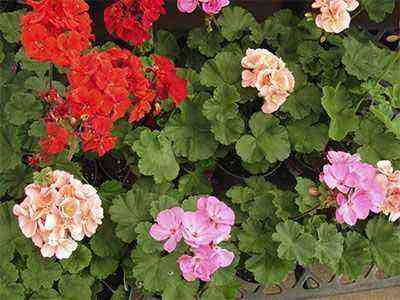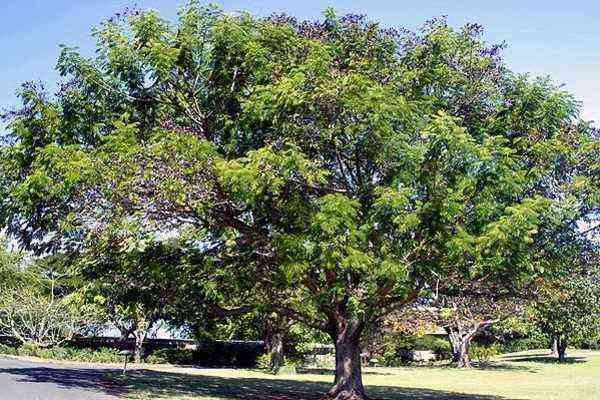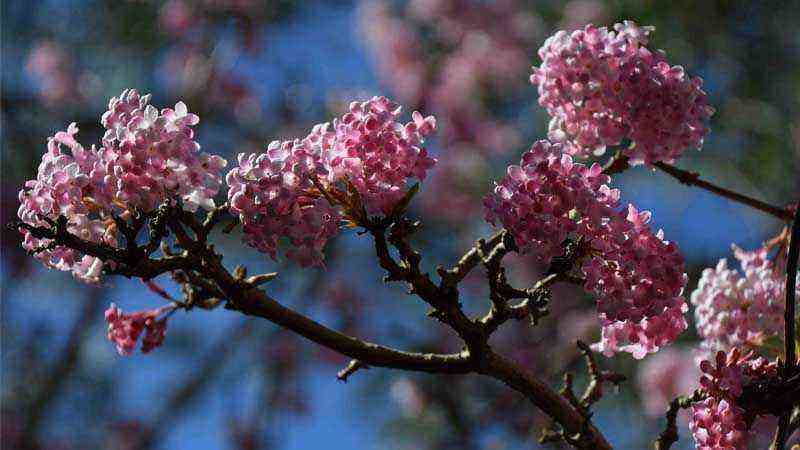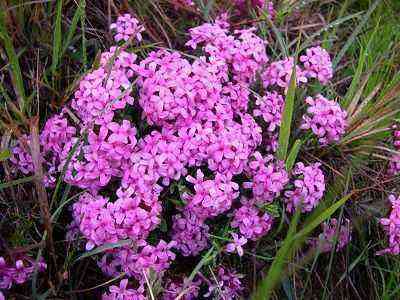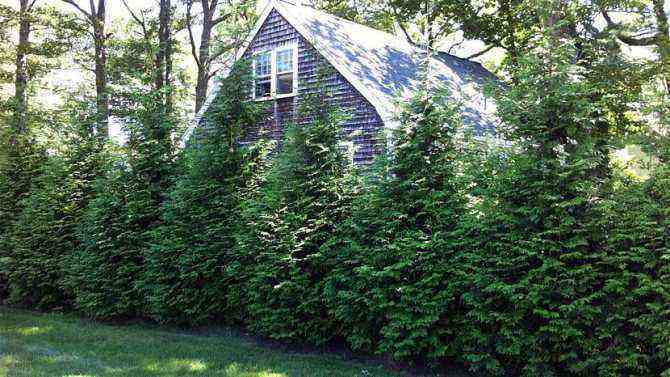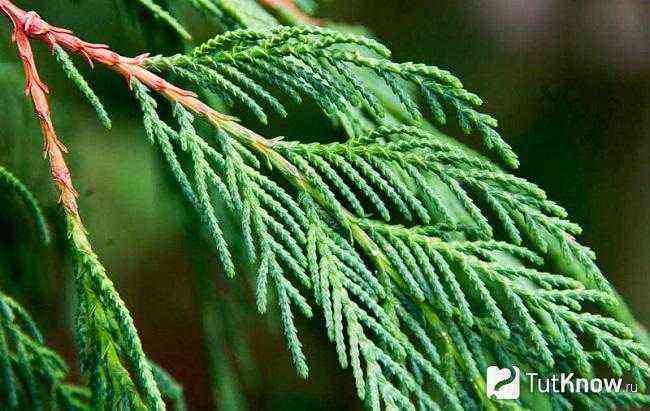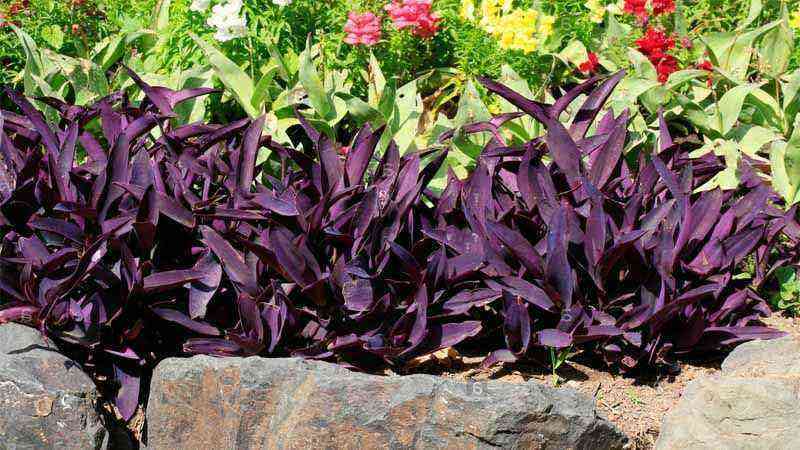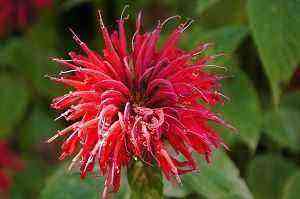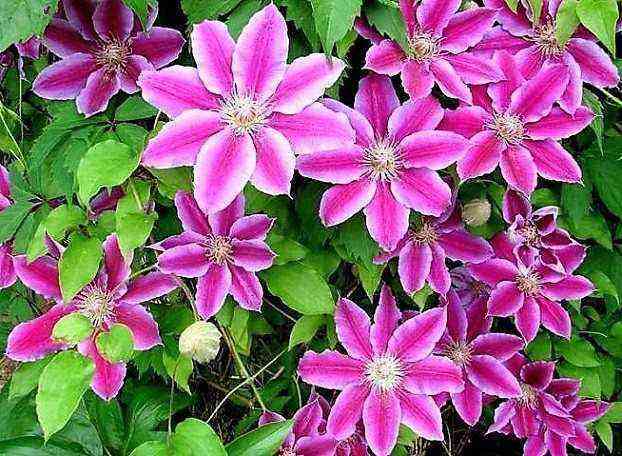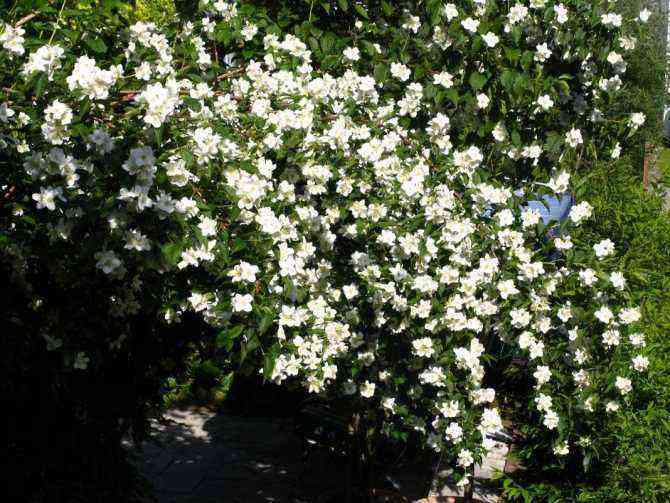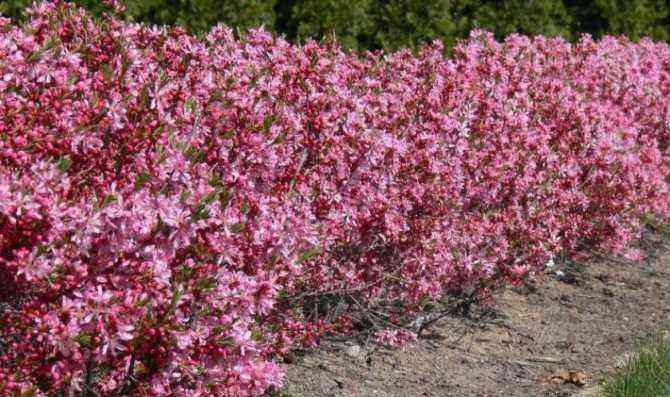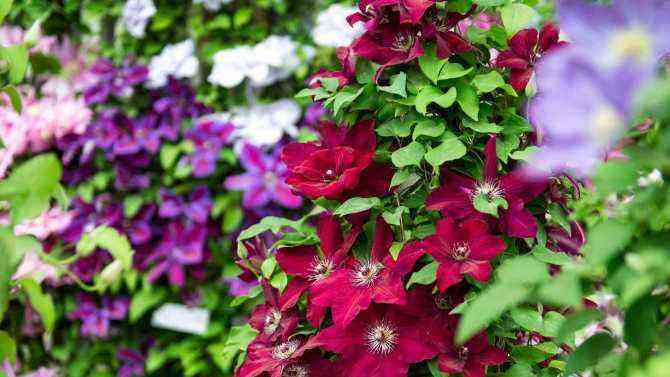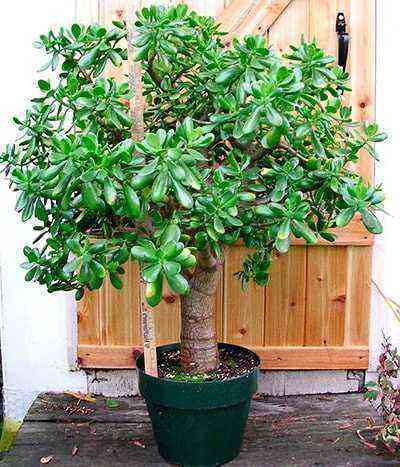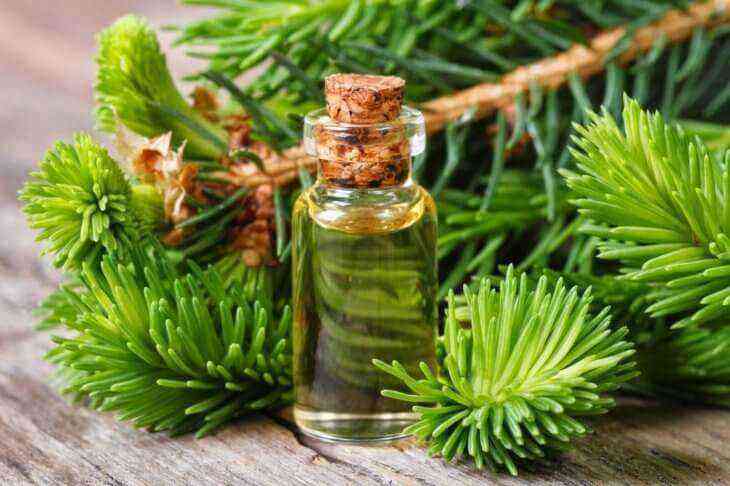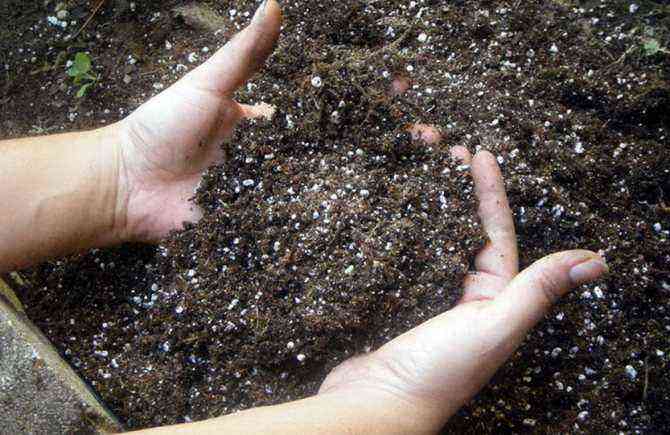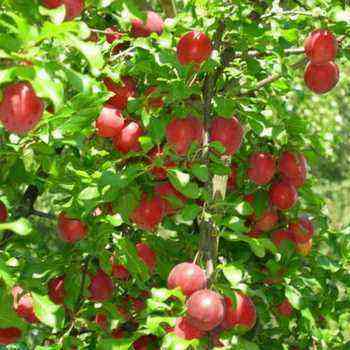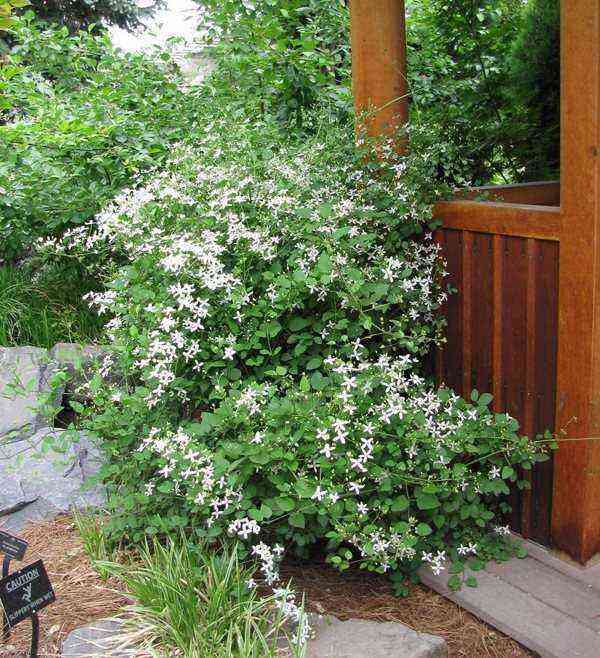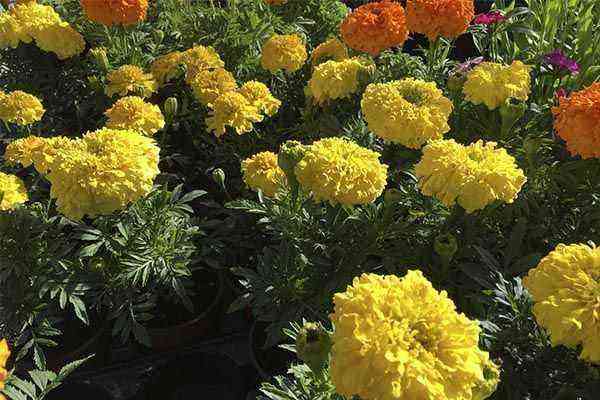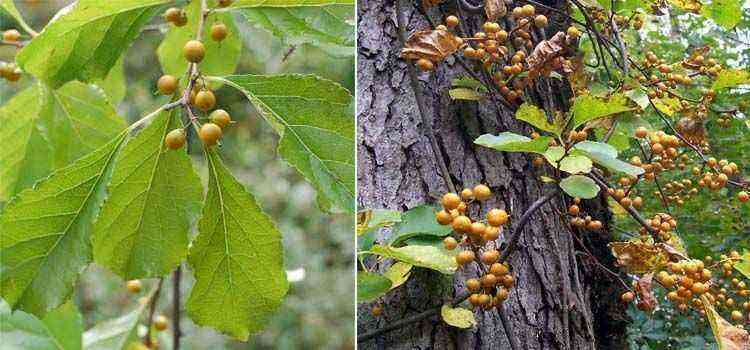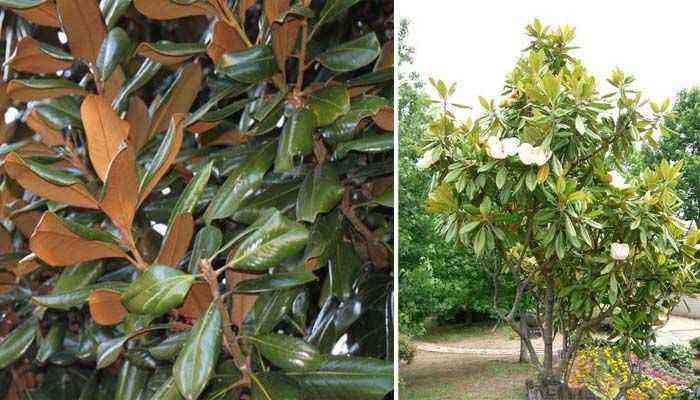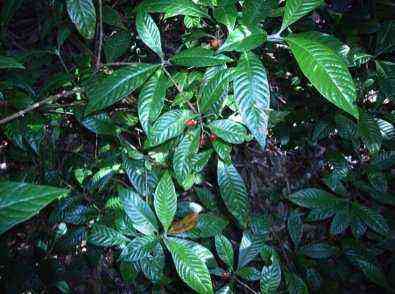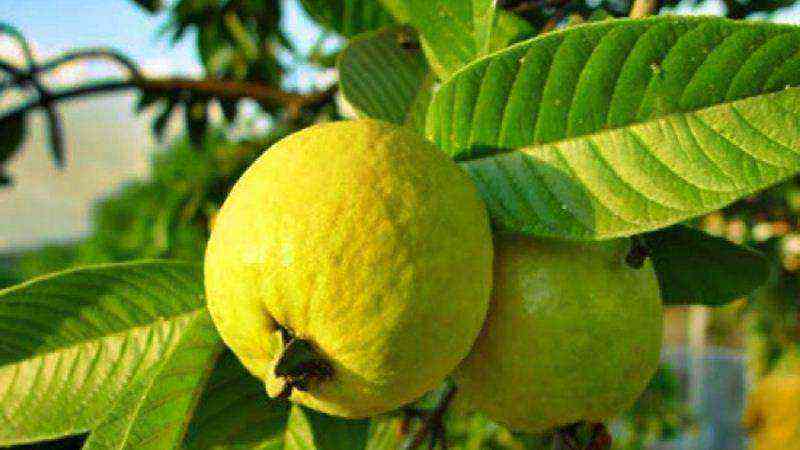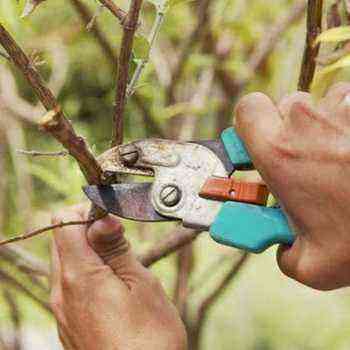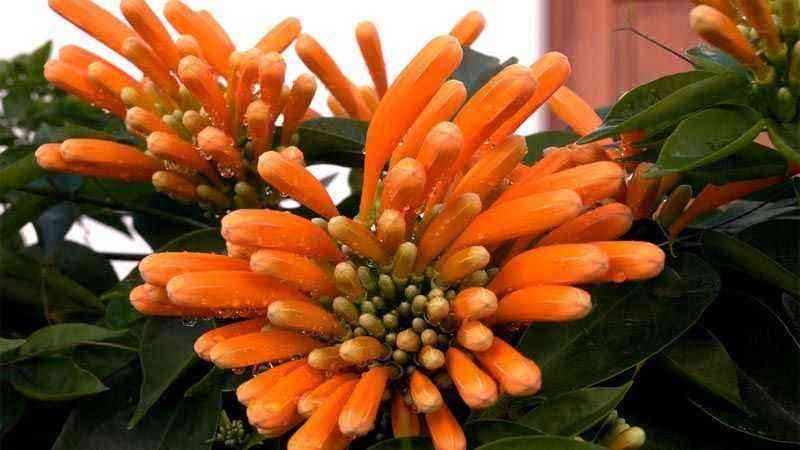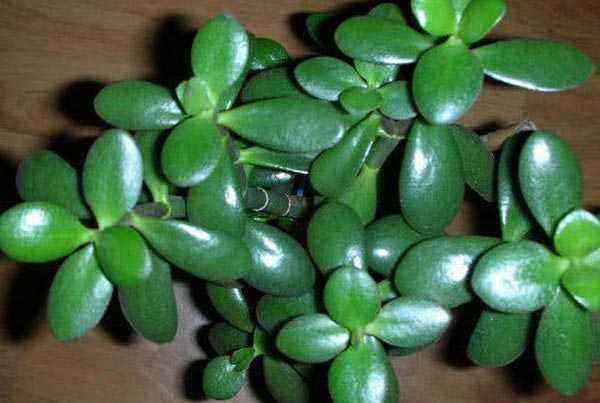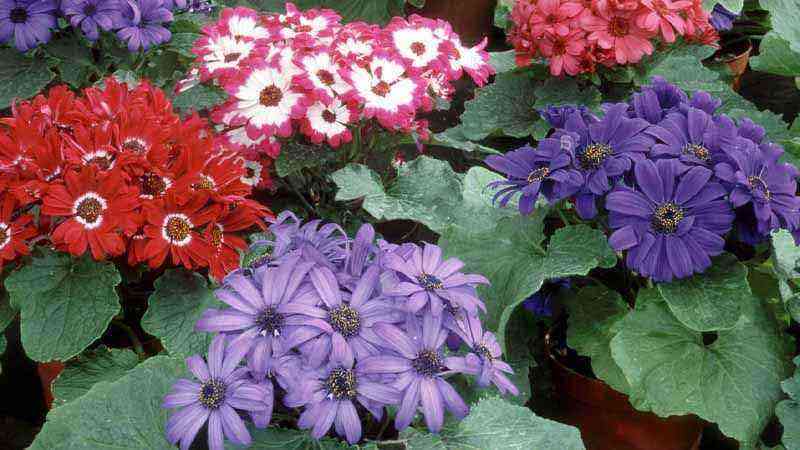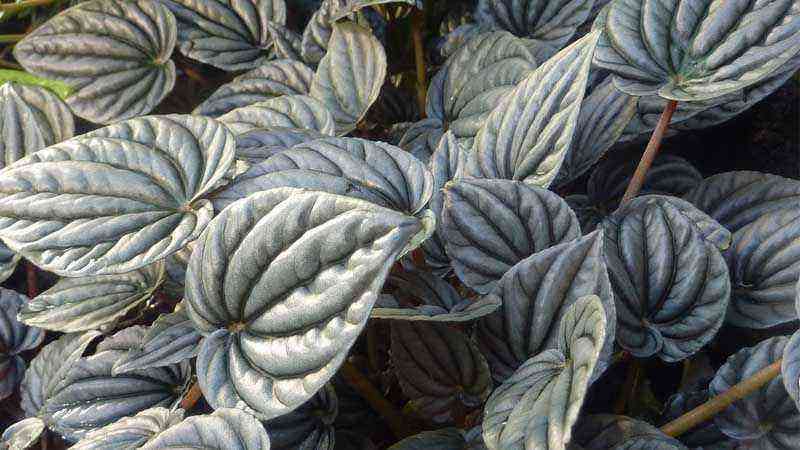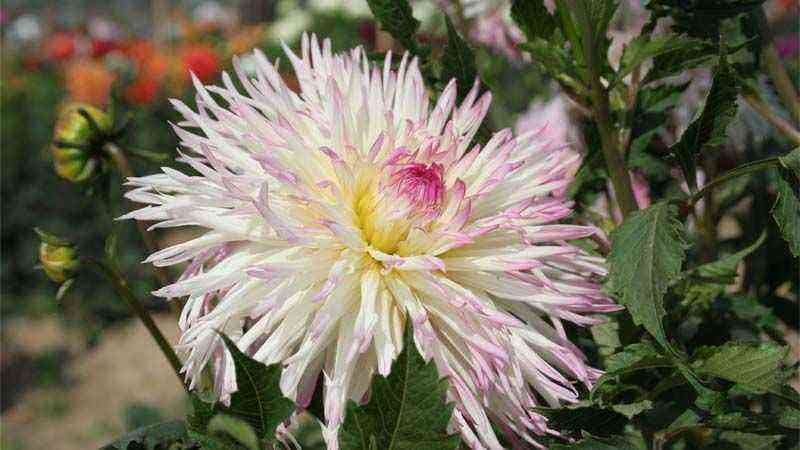Today we talk a little about a deciduous shrub with a lot of presence in these months. Viburnum plicatum ‘Mariesii’. Its immaculate flowering is the delight of any garden at this time of year. A dense shrub that stands out for two characteristics. The aforementioned flowering and tiered growth type. Let’s see it.
Gender characteristics Viburnum
We have already talked about another species of the genus Viburnum in Agromatics. Its about Winter viburnum, a hybrid obtained from the crossing of two species. The genre is numerous. It does not consist of thousands of species like others but we have more than 150 of all kinds: perennial, deciduous, winter, spring …
When talking about Viburnum plicatum we can refer to several cultivars but one of the best known is the Mariesii. It is possibly one of the Viburnum plicatum more cultivated. This variety, as we have mentioned in the head of the article, stands out for its unusually horizontal growth and its flowering.
Growth by tiers or layers
This is a characteristic that has high ornamental value, and perhaps for this reason, cultivation in gardens of all kinds has become so widespread. The primary branches have a clear vertical growth but from there, the secondary ones have a surprising horizontal projection.
This pronounced horizontality makes the general appearance of the bush when it is developed, it seems that it is tiered mounted, as if it were an artificial Christmas pine tree.
In the vegetative state it is less noticeable because the continued green of the leaves blurs the sensation. The true moment in which this stratification of the branches is seen occurs during flowering. At this moment is where 80% of its ornamental value resides; and I say 80% because we can’t forget autumn as its leaves turn very interesting reddish tones.
Flowering of Viburnum plicatum
It is more than proven that the beauty, color and aroma of flowers is nothing but a mere claim for pollinators. We all have the pollination process in mind. We all think of a flower (colorful to attract attention) and with its feminine and / or masculine part depending on whether it is monoecious or dioecious. The case of Viburnum plicatum ‘mariesii’ is something else.
Curiously, nature has decided to provide this shrub with two types of flowers. Some sterile, of a nuclear soft, 4 petals to attract the attention of pollinators, and other smaller and insignificant ones that are the ones that really matter, because they are the fertile ones. It really is a curious system and from an evolutionary point of view, it apparently has a dubious reason for being, for the simple fact of generating energy expenditure by making flowers for two different purposes. Those of claim and the fertile ones.
In addition, the arrangement of the flowers is also curious. All are at the top of the branch and the leaves hang at the bottom, making that feeling of strata even more evident.
Growing conditions of Viburnum plicatum
Climate and exposure
In the case of Viburnum plicatum we are before a shrub with a temperate and humid climate. In Spain we can find this type of climate throughout the Cantabrian area where temperatures are mild and high humidity. It is the typical shrub that we could find sheltered from the sun in temperate forests.
Therefore the zonas de semisombra They are your place, although full sun is also good for you as long as the temperature is not excessive and there is good humidity levels. It supports very low winter temperatures. It is cataloged within the H5 hardness zone, with extreme winter temperatures of about -25 ºC.
Soil and irrigation
The preferred soil is that well drained, rich in humified organic matter, fertile and airy although tolerance to various soils is assured. We always talk about the optimum. The pH level can range from neutral to acidic (up to 5,5 approx.) and even tolerate slightly alkaline soil.
Needs to ambient humidity and the waterings, although moderate and not copious, should be very frequent, especially in the summers of somewhat hotter climates.
Pruning
Pruning will be done once it has flowered with the intention of limiting its growth according to our preferences and forming it to our liking. Ssupports rejuvenation or intense pruning.
Plagues and diseases
It is not a shrub with problematic conditions.
